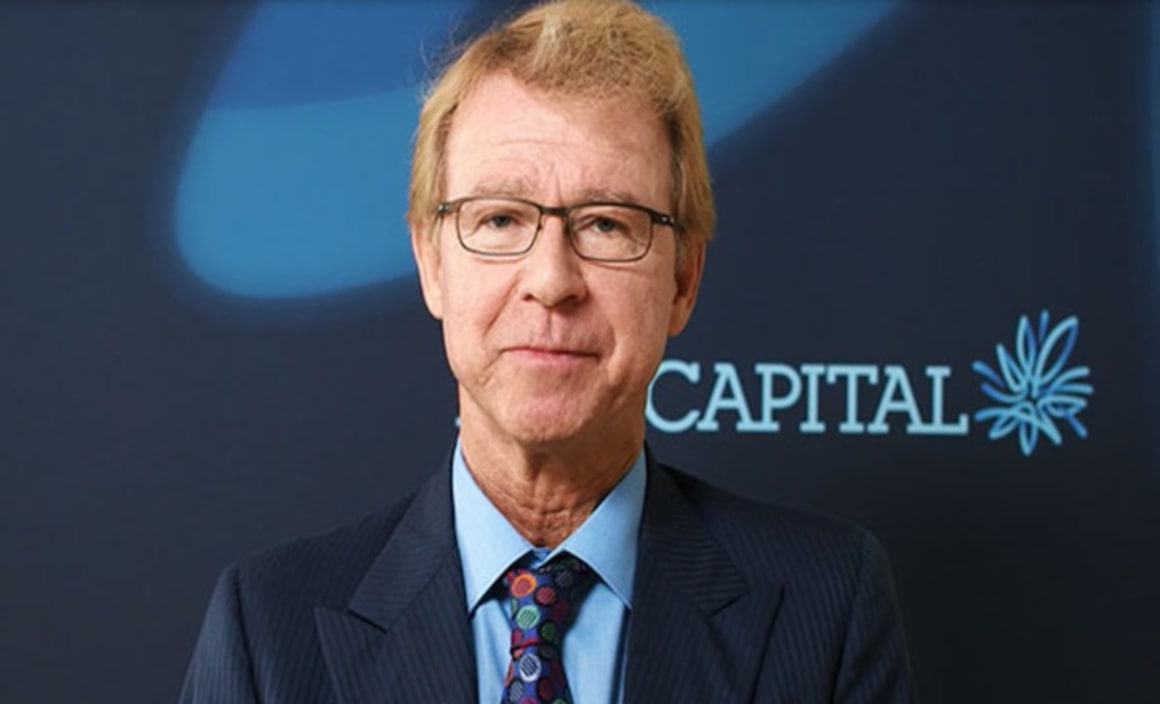The slide in Australian home prices is set to continue: AMP's Shane Oliver

EXPERT OBSERVATION
Australian capital city dwelling prices fell for the seventh month in a row in May, with a fall of -0.2% which left prices down -1.1% from a year ago.
Sydney dwelling prices fell another 0.2% and have now fallen 4.5% from their August 2017 high, Melbourne prices fell another 0.5% and are down 1.6% from their November high.
Late last year Oliver predicted prices would drop between five and 10 percent.
Perth (-0.1%), Darwin (-0.2%) and Canberra (-0.1%) fell but Brisbane and Adelaide saw modest gains and Hobart remains very strong with prices up 0.8% in May or 12.7% year on year.
Source: CoreLogic, AMP Capital
APRA’s earlier tightening in lending standards for investors and interest only borrowers is clearly continuing to impact and along with poor affordability, rising supply, falling price growth expectations and the end of FOMO (fear of missing out) are pushing prices down in cities which have seen strong gains over the last few years, ie Sydney and Melbourne.
The latest round of tightening bank lending standards around borrower’s income and expenses is adding to this particularly in the very high home price to income cities of Sydney and Melbourne.
We expect prices in Sydney and Melbourne to fall another 4% or so this year, another 5% next year and to still be falling in 2020.
Source: CoreLogic, AMP Capital
However, having not had the same boom over the last five or six years other capital cities are likely to perform better. Perth and Darwin look to be at or close to bottoming, Adelaide, Brisbane and Canberra are likely to see moderate growth and the boom in Hobart is likely to continue for a while yet.
Similarly home prices in regional centres (+0.2%mom/+2.2%yoy) are likely to hold up better with continuing modest growth as generally speaking they haven’t had the same boom as Sydney and Melbourne and so offer much better value and much higher rental yields. The average gross rental yield for regional areas is 4.9% compared to just 3.4% in the capital cities.
Capital city unit prices have been holding up better than home prices but may be starting to come under more pressure – they fell by 0.3% in May – as more supply comes on. The residential crane count may have peaked in Sydney and Melbourne but its still high meaning that there is still a huge amount of units to hit these two markets.
Source: Rider Levett Bucknall Crane Index, AMP Capital
Overall, Sydney and Melbourne are likely to see a top to bottom fall of around 15% spread out to 2020, but for national average prices the top to bottom fall is likely to be around 5%. A crash landing is unlikely in the absence of much higher interest rates or unemployment.
Implications for interest rates
The continuing weakness in home prices in Sydney and Melbourne will depress consumer spending as the wealth effect goes in reverse. It’s consistent with our view that the RBA will leave rates on hold out to 2020. Home price weakness is at levels where the RBA started cutting rates in 2008 and 2011, so while it’s not our base case we can’t rule out the next move in rates being a cut rather than a hike.
SHANE OLIVER is head of investment strategy and economics and chief economist at AMP Capital and is responsible for AMP Capital's diversified investment funds.